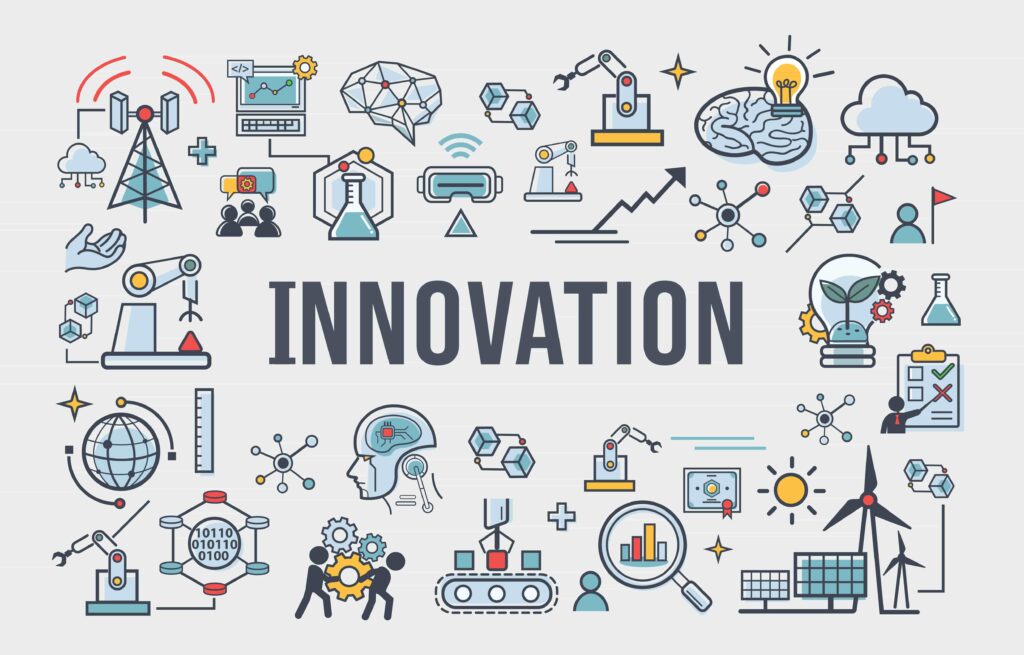Understanding Generative Research
Generative research offers a gateway to the unarticulated needs and desires of customers. Unlike evaluative research, where researchers assess the usability and effectiveness of existing solutions, generative research seeks to uncover underlying motivations, behaviors, and contexts to shape user experience. Generative research is instrumental in identifying new areas of innovation, guiding product and service development, and implementing experiences that resonate with users.
To get the most out of generative research, researchers must deeply commit to understanding the ‘why’ behind users’ actions, beliefs, and motivations. UX researchers must go beyond what people say to extract unexpressed needs and challenges. To do this, UX researchers and design teams need a platform that equips them with tools to effectively engage with users remotely while capturing rich, contextual insights and then, translating these findings into actionable design implications.
Through a platform like EthOS, businesses, and organizations can move beyond traditional research methods to explore a wider landscape of needs and expectations across an array of customer segments. Generative research demands a powerful platform that enables remote yet immersive studies like diary studies and mobile ethnography that can reveal latent desires that drive user behavior. Findings produced from generative research offer a roadmap to create products and services that exceed user expectations, which fosters a deep connection and sense of loyalty between the consumer and business. Generative research like this is a catalyst for transformation that sets the stage for breakthrough innovations based on real user needs.
Generative research is an approach in design used to scale a product built with the customer in mind. This method aims to inspire new ideas and directions to inform designs before a concrete solution is developed. This method is particularly valuable when innovating as it directly addresses the ‘why’ behind user actions, preferences, and challenges that users themselves may not be aware of. Through engagement with real people in their homes and other natural environments, generative research collects data that is not readily accessible through traditional evaluative methods. Generative research lays the groundwork for innovation and equips design teams with the insights needed to create groundbreaking products, services, and experiences that truly resonate, addressing unmet needs and enhancing user lives meaningfully.
The Power of “Why” in Innovation
True innovation is driven by curiosity, and this is where generative research prevails. Its very nature is to reveal the ‘why’ behind user actions and decisions. Understanding this ‘why’ is not simply about observance; it is focused on user motivations, emotions, and contexts. This is crucial to developing solutions that resonate with users and keep them engaged over the life of a product.
To do this, UX researchers, designers, and teams need immersive tools. For example, a health-tracking app may want to explore why users may want to track their health. Most companies would think to start with a minimal viable product (MVP) that they nudge users to adapt to, but generative research comes before any sort of MVP is designed so that the team can start with research at the foundation to scale a product, service, or experience from. The team exploring health tracking among users may discover that people are less interested in metrics and more interested in the effect on their overall mood and well-being. This revelation may be implicated in a design that tracks overall well-being but also provides personalized insights and recommendations that seamlessly integrate into users’ daily lives.
Gaining Contextual Insights
The key to innovative and intuitive products and services is understanding the context of their behaviors, decisions, and experiences. Gaining these insights is paramount as it sheds light on the environmental, social, and psychological factors influencing how people interact with products and services. Deep understanding drives meaningful innovation that ensures solutions resonate on both a practical and emotional level with their intended audiences.
Methods like diary studies and contextual interviews are particularly adept at uncovering these layers of user lives and experiences. These approaches allow for immersion into users’ daily lives, offering a holistic view of how products and services integrate into their routine, challenges, and delight.
Contextual research methods, such as diary studies and contextual interviews, are particularly adept at uncovering these layers of user experience. These approaches allow researchers to immerse themselves in the user’s daily life, offering a comprehensive view of how products and services are integrated into their routines, create challenges, and spur feelings of joy.
A company may have the initiative to enhance the overall usability of a digital health app. Researchers may choose to employ diary studies to track engagement in addition to contextual interviews. With this hybrid approach utilizing varied generative research methods, UX researchers can go beyond surface-level usability issues to unveil deeper insights into the emotional and logical aspects of health management. From this study, the team may find that users need encouragement and reminders to stay consistent with their goals that may not come out of traditional evaluative techniques.
Insights like these go beyond addressing basic functionalities by fostering innovations that are deeply embedded in the users’ daily lives. This approach underscores the power of context in uncovering unmet needs and groundbreaking innovations, leading to not only useful but transformative solutions.

Insights Become Innovation
Meticulous analyses, ideation, and iteration are necessary to transform research insights into tangible products, services, and experiences. This journey begins with research synthesis to identify core user needs and motivations. Then, teams engage in ideation sessions, leveraging research findings to brainstorm a series of solutions. Then, the team can refine and further validate these solutions through ongoing user research to develop a user-centered product, service, or experience built to resonate. This approach is broadly applicable across industries, from technology to healthcare and beyond. In addition to successful launches of products and services, these insights can be used to create entirely new market categories. Understanding users is crucial to the core of business strategy as it demonstrates that true innovation blossoms from empathetic and insightful research. User-centered approaches like this empower businesses to anticipate future needs and establish a strong market positioning.


